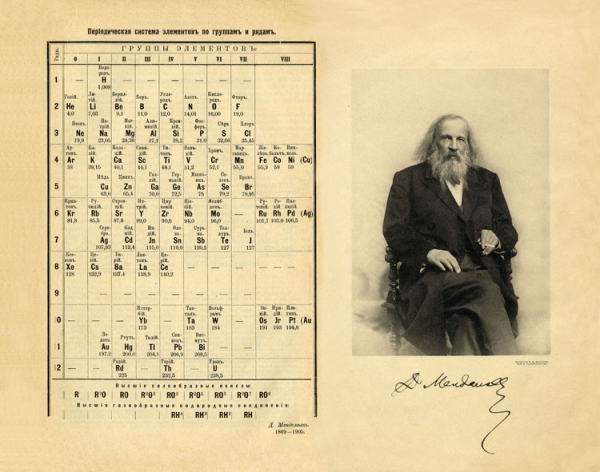
The high efficiency of natural photosynthesis is a definite landmark in the development of the solar industry. Now, however, this natural example of high performance can be outdated. For the first time scientists have been able to effectively combine the chemical electrolysis with the activities of bacteria. The system produces alcohol and other substances are literally “out of thin air”.
Researchers from Harvard University have created a bionic system that converts and stores solar energy in chemical form, using a hybrid mechanism of inorganic materials and living organisms. This scheme helps to solve two problems at once: 1) the conservation of solar energy, which is produced in excess in the daytime, and which lacks in the evening; 2) the elimination of the excess CO2 from the atmosphere.
New invention exceeds the efficiency of all the existing similar design and even superior to the photosynthesis in nature. Scientific article published June 3 in the journal Science.
The device, called the Bionic leaf 2.0, created based on the previous version of the sheet, the development of which was worked by the same team of scientists. Power generation system consists of solar panels sandwiched between sheets of a cobalt catalyst and cells with the bacteria Ralstonia eutropha in the bottom half of the sheet. When immersed in a container of water at room temperature and normal pressure artificial leaf mimics photosynthesis. Current from solar plates 2.0 Bionic leaf is fed to the catalysts that break down water molecules into oxygen and hydrogen. Then the hydrogen gets into the cells with GM-bacteria that are distinguished by the fact that I can connect the hydrogen molecules obtained from the air carbon and turn them into liquid fuel.
The obtained hydrogen could be used as fuel, but scientists decided to complicate the system to make it more effective. The next step in the act of Ralstonia eutropha bacteria that feed on hydrogen and CO2 from the atmosphere. Thanks to these nutrients, the bacteria colony is actively growing in size. Among the products of microorganisms — a variety of useful chemicals. Scientists experimented with genetic modification and derived bacteria that produce different types of alcohol (C3 and C4+C5 in the diagram) and the precursors of plastics (PHB charts).
“For this work we have developed a new catalyst based on cobalt and phosphorus, which produces reactive oxygen species. This allowed us to reduce tension, which led to a sharp increase in efficiency,” says one of the authors.
For decades, scientists try to grow bacteria on the electrodes to force them to participate in a chemical chain reactions, but this process has been beset by various problems, which interfere to create a truly effective system
Chief among these problems is the leaching of heavy metals from the electrodes, as well as the emergence of oxygen in the active form. Both processes inhibit a happy life, healthy bacteria. Important discovery chemists from Harvard was the use of the system of electrolysis with a cathode and an anode on the basis of cobalt. Essentially, the cathode and anode produces a synergistic effect, presenting samzareulos system. If one is degraded, the second supplies the substances and Vice versa.
“I think it’s actually quite exciting study, commented on the work of colleagues Johannes Lechner (Johannes Lischner) from Imperial College London. — The conversion of sunlight into chemical fuels with high efficiency — something like a Cup of the Holy Grail for renewable energy.
According to independent experts, which are not relevant to this research, scientific work is truly revolutionary. For the first time in history, scientists were able to combine chemical electrolysis with the activity of bacteria with high efficiency of transformation and conservation of energy. Work in this direction came with the 1960-ies.
The authors of the study managed to achieve a recovery efficiency of CO2, about 50% of with the production of bacterial biomass and liquid alcohol. 1 kWh of electricity consumed 180 grams of CO2.
If you combine this system with conventional solar cells, the efficiency of the recovery of CO2 will be about 10% higher than in natural photosynthesis!
The researchers suggest that their system is efficient electrolysis with the energy conversion into liquid fuels, will be used primarily in developing countries where there is no developed electrical infrastructure to distribute and store the electricity generated by the solar panels during the day.
In the future technology can find a very wide application. It is very important that the bacteria amenable to genetic engineering and are suitable for the production not only of alcohol but also of other materials. All this can be obtained in unlimited quantities out of thin air and sunlight, as said in the science podcast, Brendan colon (Brendan Colón), one of the authors of scientific work.
The system solves the problem with the storage of the generated electricity, but also helps to extract some benefit from the excess CO2 that mankind emits into the atmosphere by burning millions of tons of hydrocarbons annually.







